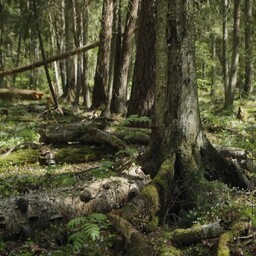Last week, Minister Andres Sutt said that the ministry has decided to proceed with the forest paludification plan. He mentioned that they had also discussed it with the University of Life Sciences. However, the University of Life Sciences stated that they had not spoken with Minister Sutt about changing the water regime of forests. Marek Metslaid, a professor of forest ecology at the University of Life Sciences, said that they are willing to share their knowledge but have not discussed this topic.
Metslaid believes that plans for the restoration of bogs and wet forests need to be reviewed again. He said that forest paludification changes the ecosystem significantly. In smaller volumes, ditches have been closed in Estonia, and it is possible to see the restoration of wetlands there, but no one knows the long-term effects.
The professor said that it is important to consider whether so much work needs to be done. If long-term negative effects appear, it will be difficult and expensive to reverse the process. He added that there should be no rush, as such changes require the involvement of local people.
Metslaid emphasized that forest paludification also has socio-economic consequences. In addition, bog forests have a large carbon reserve, and raising the water level could damage it. He said that in the meantime, a pause is needed, and more research is required before final decisions are made.
Currently, over 23,000 hectares of bogs and bog forests have been restored in Estonia. According to the Ministry of Climate, nearly 750,000 hectares of forest land have been drained in Estonia. Water regime restoration work has been carried out on 0.5 percent, and plans are in place to restore another 1.5 percent of forest land.

